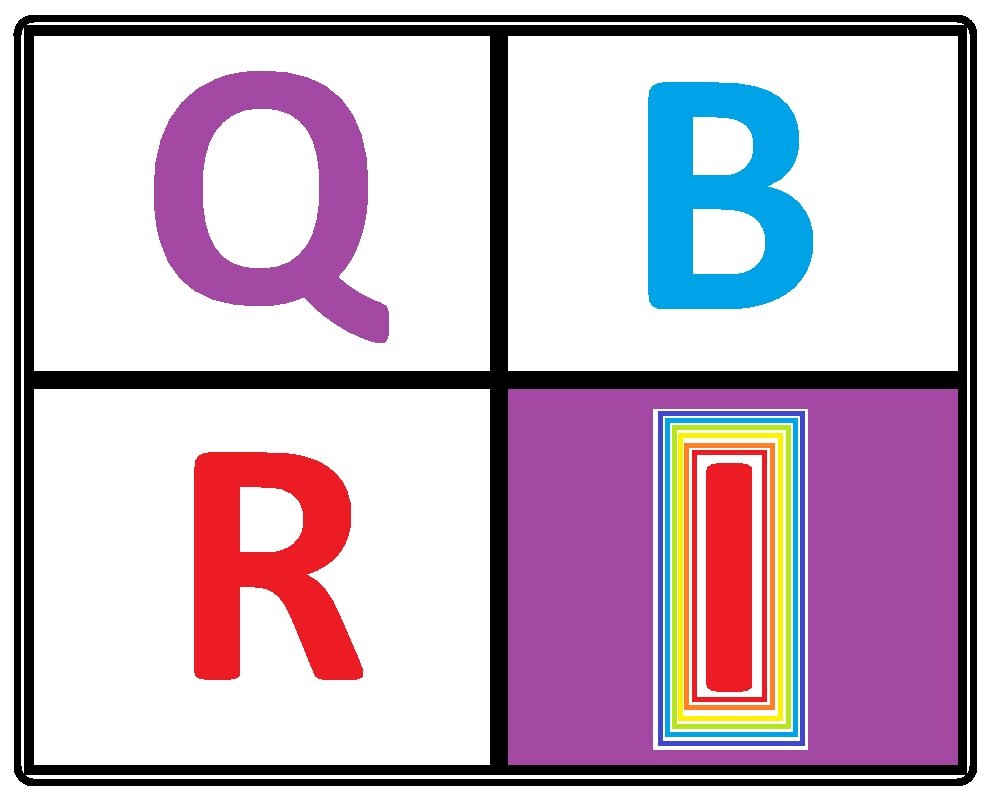
Rydberg constant
The Rydberg constant provides a way of looking at the spectral lines in the electron transitions from one orbital layer of an atom to another. Then depending on the distance away the object is the photon is subjected to the expansion of the universe and this impacts the location of the Fraunhofer line in the electromagnetic spectrum. The red-shift associated with the Fraunhofer line gives an approximate distance to an object. The expansion rate in the SUSY inversion model is predicted by the two numbers 17314 m/s which is the Sqrt c and 54686 m/s which is the Sqrt v. Add these together and we get 72000 m/s.
There are several features of the Rydberg constant we can therefore consider. As the Rydberg constant identifies electron transitions from different locations of the electron in an atom as a function of wavelength of electromagnetism, we can explore the atomic landscape of the orbitals of an atom using the spaceship that harnesses the Rydberg functionality. In other words, we can explore an atoms orbital geometries using features of the Rydberg constant. So, where does the constant come from? Is it derived based on first principal? Or was it developed from Balmer line calculations using a trial-and-error empirical approach? I think from what I have read to date it is the later approach.
RH = 1.09678E+7 m^-1
1/RH = 9.12E-8 m
(1/RH) / Me (mass of the electron) 9.11E-31 kg = 1.002E+23 m kg^-1
Avogadro’s No. 6.022E+23 particles / Mol
6.022E+23 / 1.002E+23 m kg^-1 = 6.02 m^-1 kg
Avogadro’s number relates the weight of an element to the number of particles in that element to a specific dimensionless constant of 6.02214076E+23
It is related to the number of protons and neutrons within an atom. It also has functionality in the idea gas law. The resulting relationship to the number 6 obtained from the mass of the electron and Avogadro’s number is interesting considering there are 6 quarks in protons and neutrons.
Another interesting observation is that the velocity of implosive force from the He-BEC isotropic singularity model Sqrt v = 54686.72 m/s appears to be related to RH.
RH / Sqrt v = 200.557 (m^-1 / m/s) = (s^-1)
The mirror symmetry state of every action has an equal and opposite reaction suggests that separation of positron and electron pairing provides a way to explore the atomic structure within the single atom system. Therefore, just as Sqrt v * Sqrt v = v,
(RH / Sqrt v) / 2 = 100
The 100-fold difference in force strength between the Strong Force and the electromagnetic force provides features of an underlying connection in the positioning of the electron in the orbital layer within the atom hydrogen (determined by the Rydberg constant) and features of the atomic system operating to locate positron and electron pairing in orbital layers along with the proton and neutron located within the nucleus.



